
Endocannabinoid System Guide: How Your Body’s Natural CBD Network Works (2025)
Endocannabinoid System Guide: How Your Body’s All-natural CBD Network Works
Discover exactly how your endocannabinoid system deals with CBD. Expert-reviewed overview explaining ECS receptors, features, and healing ramifications.
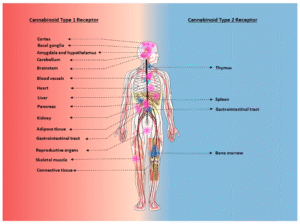
Your body has a complex biological system that lots of people have actually never become aware of, yet it plays an important role in keeping your total health and wellness. The endocannabinoid system (ECS) is your body’s all-natural network for processing cannabinoids like CBD, and recognizing how it works is key to appreciating why CBD has actually become such a substantial wellness compound.
This expert-reviewed guide will certainly demystify the endocannabinoid system, discussing its elements, functions, and just how it interacts with CBD. We’ll discover the most recent scientific research study and offer you with the understanding needed to understand this remarkable biological network.
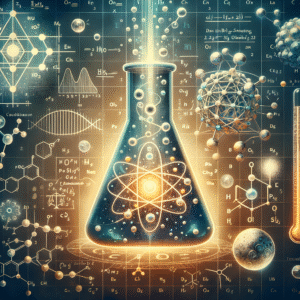
What is the Endocannabinoid System?
The endocannabinoid system was uncovered in the 1990s by researchers examining how THC affects the body. Called after the marijuana plant that caused its discovery, the ECS is actually a fundamental organic system present in all creatures.
The ECS consists of 3 primary components:
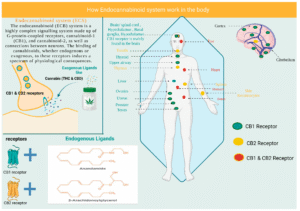
Endocannabinoids: Chemical compounds naturally produced by your body
Anandamide (AEA) – often called the “happiness molecule”
2-arachidonoylglycerol (2-AG).
Cannabinoid Receptors: Protein frameworks that receive and reply to cannabinoids.
CB1 receptors (largely in the mind and nerves).
CB2 receptors (primarily in immune cells and peripheral tissues).
Enzymes: Break down endocannabinoids after they have actually offered their objective.
FAAH (fat amide hydrolase) – breaks down anandamide.
MAGL (monoacylglycerol lipase) – breaks down 2-AG.
Features of the ECS (350 words).
The endocannabinoid system’s key role is maintaining homeostasis – your body’s inner equilibrium. It acts like a master regulatory authority, monitoring and adjusting numerous physical processes to maintain whatever running smoothly.
Secret features controlled by the ECS:.

Neurological Features:.
Memory formation and recall.
Discovering and cognitive function.
State of mind guideline.
Tension reaction.
Sleep-wake cycles.
Physical Functions:.
Discomfort assumption and inflammation.
Body immune system actions.
Appetite and metabolism.
Cardiovascular function.
Reproductive health and wellness.
The ECS and Condition.
Research study recommends that endocannabinoid deficiency may contribute to different health and wellness conditions. This theory, called Medical Endocannabinoid Shortage (CECD), suggests that some individuals may not produce sufficient endocannabinoids or have useless ECS elements.
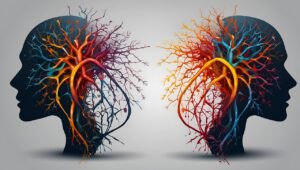
Conditions potentially connected to ECS disorder:.
Fibromyalgia.
Short-tempered bowel syndrome.
Migraine migraines.
Numerous sclerosis.
PTSD and stress and anxiety disorders.
Just How CBD Interacts with Your ECS.
Unlike THC, which straight binds to cannabinoid receptors, CBD works more subtly by:
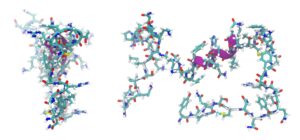
Enzyme Inhibition: CBD hinders FAAH, the enzyme that damages down anandamide, allowing your body’s natural “bliss molecule” to remain energetic longer.
Receptor Modulation: CBD can influence how receptors react to various other substances, working as a “negative allosteric modulator” of CB1 receptors.
Non-Cannabinoid Receptor Interaction: CBD connects with various other receptor systems, including:.
Serotonin receptors (5-HT1A) – potentially clarifying anti-anxiety results.
Vanilloid receptors (TRPV1) – involved in discomfort and swelling.
GPR55 receptors – in some cases called the “third cannabinoid receptor”.
Indirect Results: CBD might enhance levels of endocannabinoids by stopping their reuptake and failure.
Supporting Your ECS Normally Beyond CBD, you can support your endocannabinoid system via:.
Way of life variables:.
Normal exercise (boosts anandamide).
Adequate sleep (preserves ECS balance).
Stress administration strategies.
Social links and favorable connections.
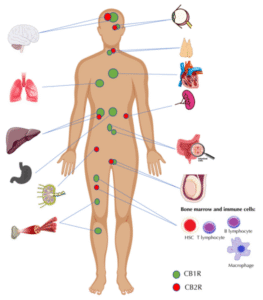
Dietary assistance:.
Omega-3 fatty acids (discovered in fish, flax seeds, and walnuts).
Dark chocolate (which consists of anandamide).
Black pepper (has beta-caryophyllene, a CB2 agonist).
Probiotics (gut wellness affects ECS function).
The endocannabinoid system stands for one of the most vital biological discoveries of recent years. Recognizing just how this system works helps explain why CBD and other cannabinoids can have such wide-ranging results on wellness and health. As the study continues to introduce the intricacies of the ECS, we’re obtaining valuable insights into brand-new therapeutic strategies for numerous health and wellness conditions.
